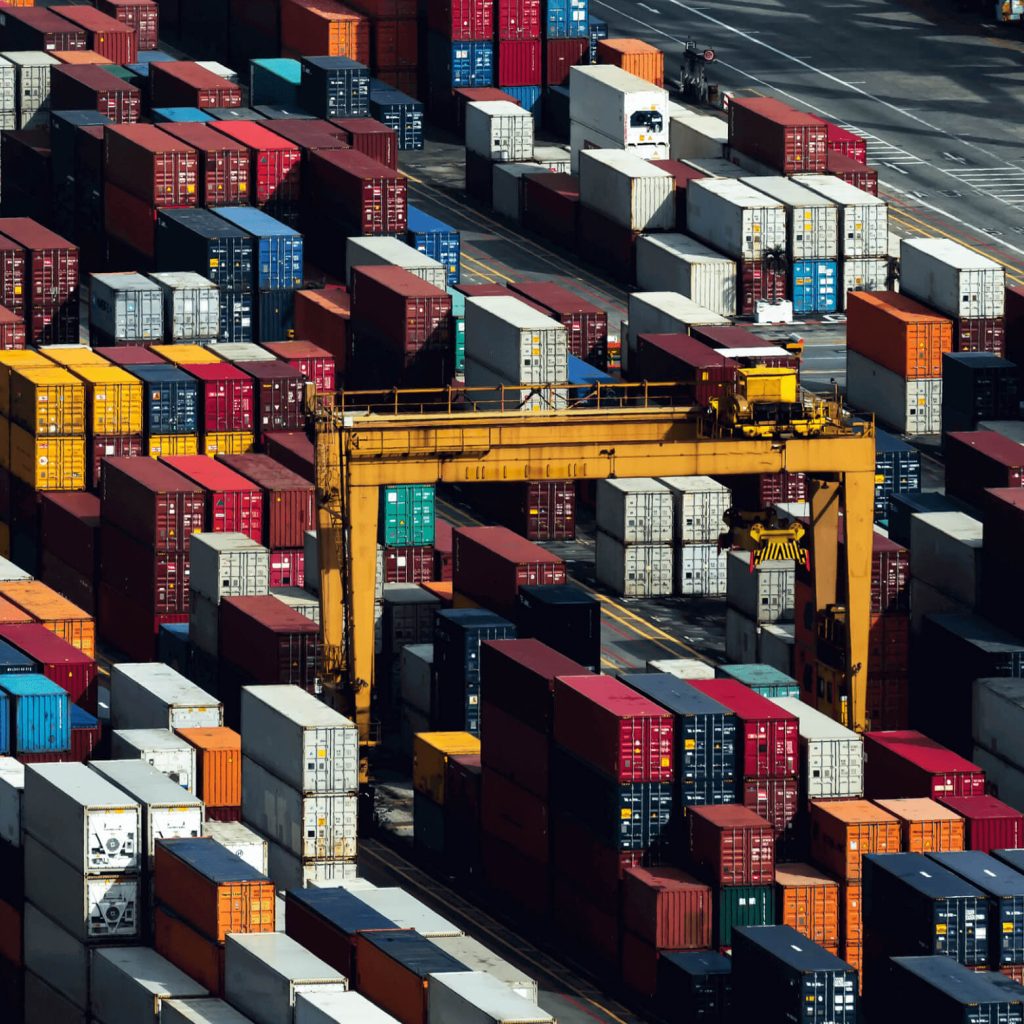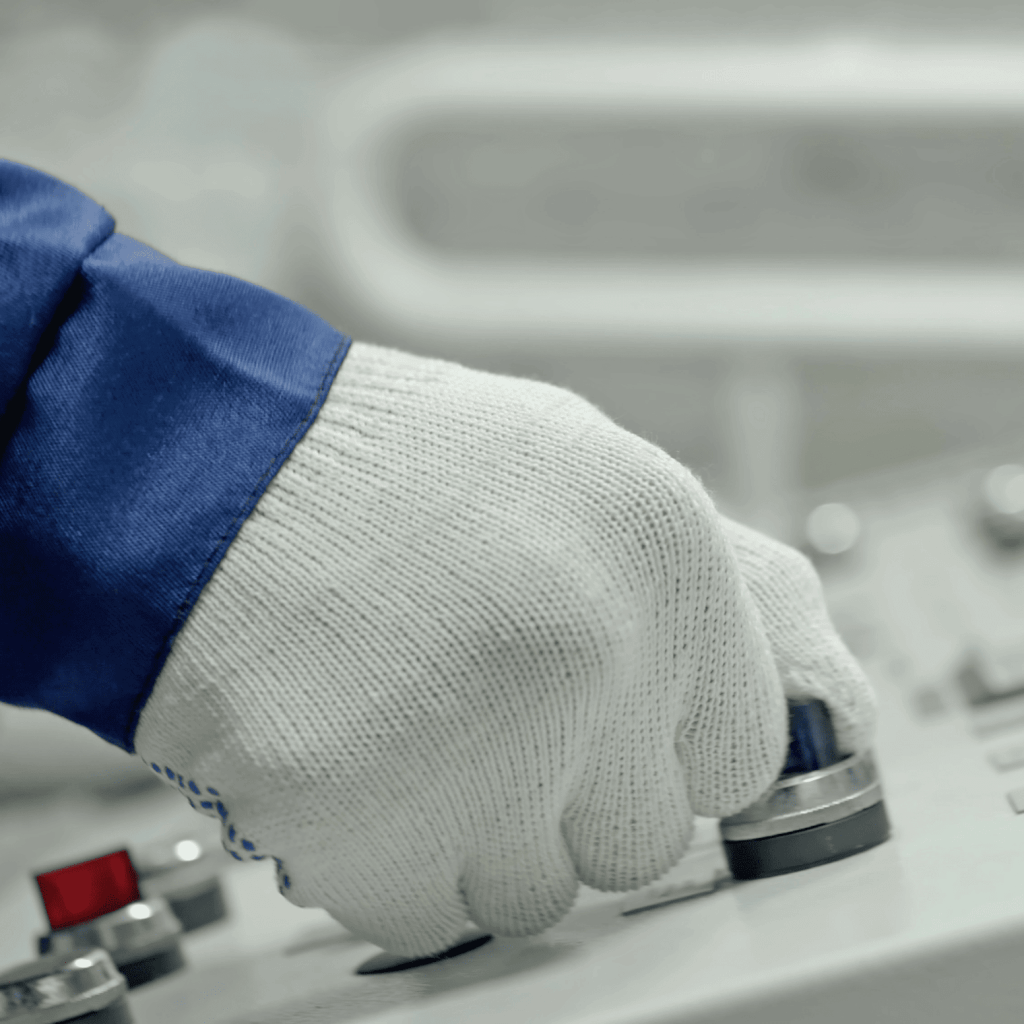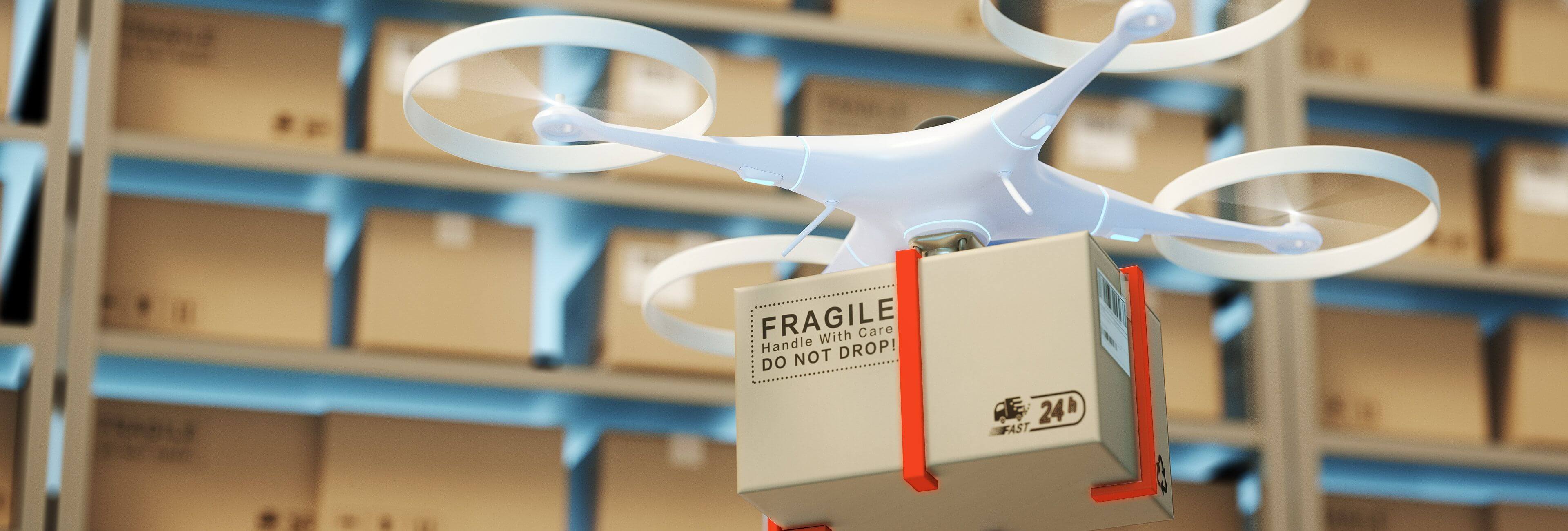The global lockdowns imposed to curb the spread of COVID-19 have massively increased the demand for supply chain and logistics technology. ResearchAndMarkets.com predicts that the global logistics market, post-pandemic, could skyrocket from $2,734 billion in 2020 to $3,215 billion by 2021. But, during these times of never-before-seen restrictions, companies have had to operate under extraordinary circumstances:
- Supply chains have struggled with logistical bottlenecks, caused by the restricted flow of goods, placing new importance on transportation while simultaneously having a negative effect on freight capacity.
- Lockdowns of city and country borders have caused huge disruptions for shippers, as well as confusion around the live status at the various locations. This has meant that many of them have been working “blind”, to an extent.
- Limited labour supply at warehouses and distribution centres, as well as at brokers and logistics service providers, have caused delays at pickup and delivery points. This could have the knock-on implication of rerouting products to stores.
So, in a bid to simplify processes, an ever-growing number of logistics and parcel companies are turning to automation. Automation in logistics refers to the use of control systems or software to run part of the supply chain, with minimum human intervention. There are many advantages to logistics automation, including:
- Minimising manual errors and reducing costs. Manually inputting inventory data, recording item numbers, quantities or locations etc. is prone to human error. And for each incorrect data entry, there’s a mistake in order fulfilment that can result in a significant loss. Introducing logistics automation reduces the number of manually handled operations and improves accuracy, thereby avoiding extra expenses.
- Improving customer service. Automated systems provide a final shipping cost, as well as real-time information on shipment status, location and delivery time. Customers who receive a transparent and seamless delivery experience feel much more positive about an interaction with a brand and, thus, are more likely to stay loyal and recommend a company to others.
There are, however, some who still see automation as a threat to human livelihoods. Yet, despite widespread concern, automation does not completely remove human involvement in logistics processes. On the contrary, many technologies require human assistance in order to operate successfully, i.e. creating new disciplines and skillsets etc.
Here's our pick of the top innovations in logistics processing and automation, designed to anticipate and overcome post-pandemic challenges.
Robotic warehouse systems
In 2016, around 80% of warehouses didn’t have any automated processes. Nowadays, in a world where social distancing has become the “new normal”, automation has become a concrete standard. Automated equipment can vastly improve the sanitation of warehouses and even eliminate the need for surface disinfection.
Warehouse management systems can be broadly divided into the following types:
- Automated Guided Vehicles (AGVs). AGVs are driverless vehicles that transport containers, pallets and boxes around a warehouse. They're integrated with a facility’s infrastructure and follow a digital route through a warehouse without needing a human operator. Moreover, AGVs have additional safety scanners that allow them to be used alongside manual vehicles.
- Autonomous Mobile Robots (AMRs). AMRs use many of the same technologies as AGVs. The main difference is that AMRs don’t require a pre-set digital route to navigate a warehouse. They understand their environment through installed sensors and can reroute when needed. AMRs can identify the information on each package and sort them accordingly.
- Automated Storage and Retrieval Systems (AS/RS). AS/RS are a technology designed to bring product and inventory in and out of storage, on-demand. Typically, AS/RS is integrated with warehouse execution software that directs operations, but it can vary widely, depending on the task or goods in question.
- Warehouse drones. These operate inside the warehouse space and can’t physically move products around — their function is purely one of data collection. Drones can get to hard-to-reach places quickly and scan inventory faster than a person can. Furthermore, the data scanned can be instantly uploaded to warehouse management software. Nowadays, most drones require human assistance but the goal is to reach a more autonomous state, where little to no assistance is needed.
- Picking robots. Also referred to as “robotic arms”, these robots help warehouses receive and store products. Picking robots perform a pick-and-pack function, replicating the motions of a human picker.

Incorporating logistics automation into warehouses and distribution centres prevents the spread of COVID-19 and optimise supply chain processes. Automated technologies can do repetitive warehouse work quickly and with minimal errors. What’s more, the workforce demand within logistics can be very “spiky” – doubling through holiday seasons, then falling back dramatically – making it challenging to recruit and retain workers. Automated technologies are flexible enough to operate 24/7, allowing companies to scale up for simpler tasks as and when required.
Blockchain integration
Blockchain technology has gained popularity in the logistics sector for its benefits to supply chain management – right from the point of origin to the drop-off location. According to the World Economic Forum, by integrating their blockchain business ideas, T&L companies achieve new efficiencies in trade logistics that result in an almost 5% increase of global gross domestic product (GDP), and an international trade lift of around 15%.
Blockchain technology can help achieve better visibility and control over the entire supply chain, which is hugely important at a time when circumstances are evolving rapidly. Blockchain can also improve invoicing and payment via an efficient and secure system since all data and transactions are synchronised across the network. Smart contracts can be used to automate the whole process and make it error-free and transparent.
Internet of Things (IoT), Artificial Intelligence (AI) and data analytics
The Internet of Things plays a vital role in enhancing visibility at every step of the supply chain. According to a recent report, the global Internet of Things is set to reach $63,728.6 million in the logistics market by 2026, driven by the rise in IoT applications in warehousing and distribution.
IoT devices monitor and capture data via the internet, with no need for human intervention. Logistics IoT technologies combined with Data Science can provide real-time analytics and data visualisation, improving transparency and efficiency. The data can be accessed from anywhere globally and can inform users of possible delays, detours, unexpected stops or accidents.
New developments in AI have also allowed logistics firms to optimise shipping routes, and timing is one of the top priorities for a supply chain. Further, AI-enabled programs can handle massive data sets simultaneously, making accurate predictions for customer demand.
However, neither the Internet of Things nor artificial intelligence technologies can reach their full potential without data collection. Data obtained from monitoring helps inform better decisions based on real-time information. Then data analytics can automate scheduling, plan routes and handle volumes.
Conclusion
In these turbulent times, logistics businesses must focus their strategy on adaptability – enabling end-to-end visibility over the entire supply chain, promoting agility and optimising systems and processes. In this new reality, logistics automation can play a huge role in keeping people safe through social distancing, while helping businesses operate and adapt to increasing loads, potential workforce shortages and changing operational environments.
If your organisation hasn’t made automation a priority yet, get in touch with us to learn about how it can help you and how you can deploy it.

Related Insights

















